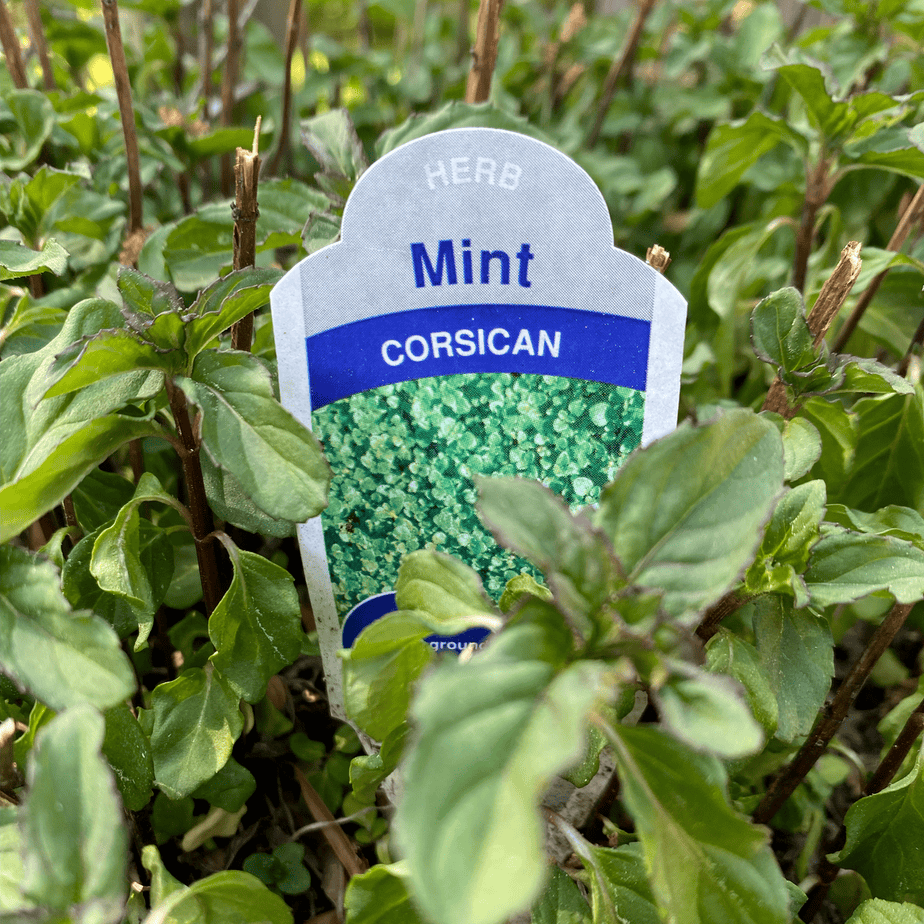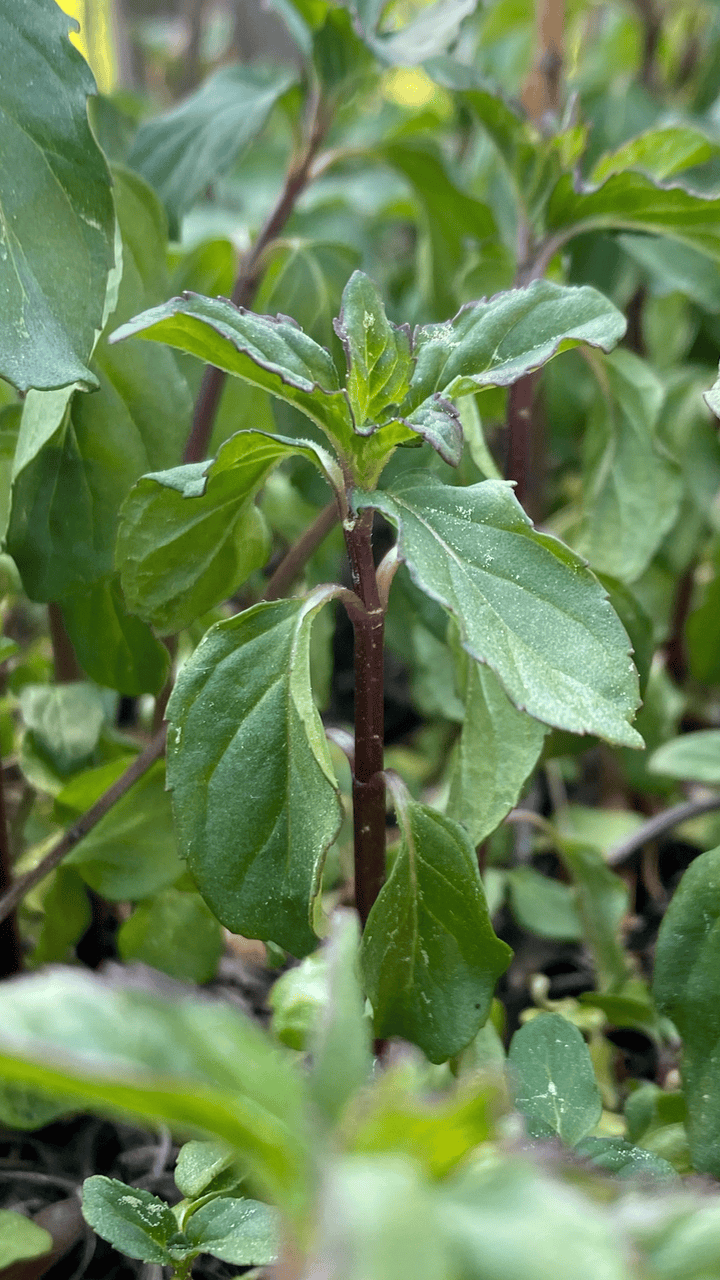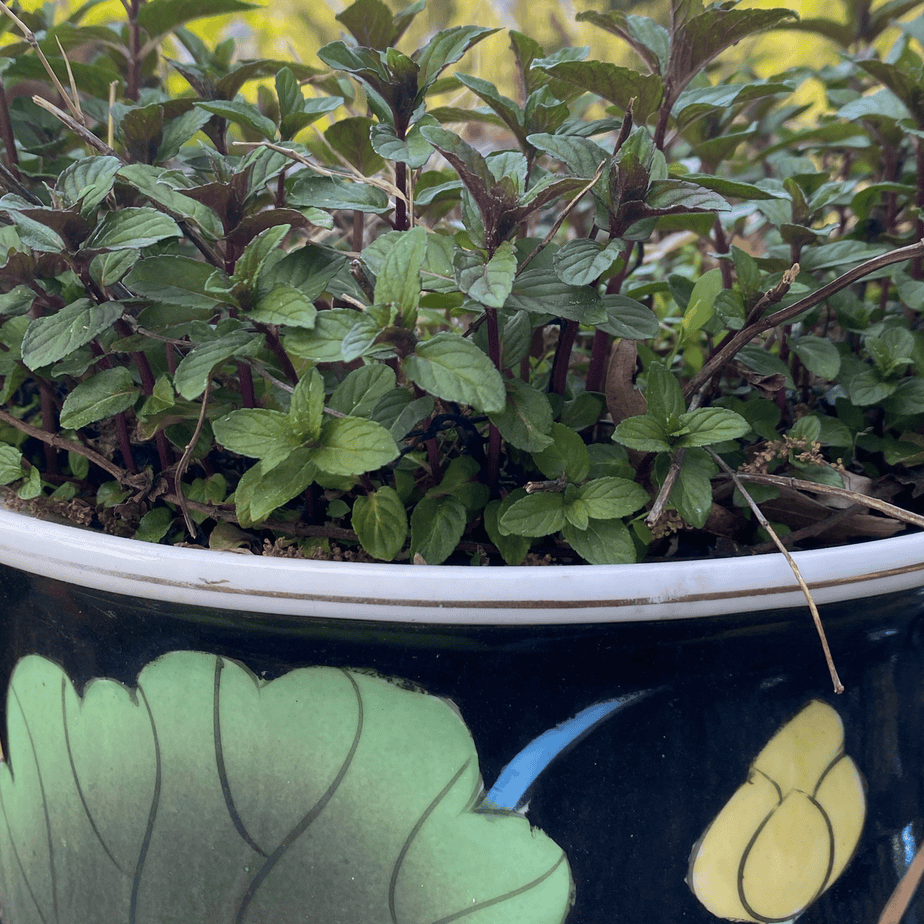Mint is a great plant to keep in a pot or plant in your garden. I love spring when it is time to get new annuals, but I also love having a few perennials that come back every year. This plant is a perfect perennial for your garden, plus it has numerous possible health benefits. Read on to find out more about this versatile plant.
Characteristics of Mint
There are 25 different species of mint plants from the family Lamiaceae. Amazingly, they are not an invasive species. These plants have square stems. The leaves are opposite on the stems. Mint leaves are aromatic. Depending on the species, they produce small, different colored flowers. The flowers have 4 united petals, which is unique to mint and not typical of other members of the Lamiaceae family.
Growing Mint
You can grow mint either in pots or directly in garden soil. It is considered a hardy plant. Basically, potted plants require little to no maintenance to yield prolific growth. In fact, mint in gardens can spread aggressively. As a result, this maybe a negative characteristic. No one wants a full bed of mint! However, there are some general maintenance steps to be aware of. First, it is not completely drought resist. In the event that there is very limited rainfall, you need to water potted plants. Second, it helps to prune spent flowers and dead stalks. Thirdly, it's always good to monitor plants for pests. Early interventions are best to keep pests at bay. Finally, plants in gardens should be split every few years to decrease crowding.
Herbal Applications
Before I discuss the herbal applications of mint, remember don't eat or handle mint if you are allergic to any of it's constituents. Don't ever over consume this or anything else for that matter.
Mint is a great herb to have on hand. It can be used dried or fresh. Drying fresh leaves is easy. Just prune some stems and hang them upside down to dry. Once dry, store in a cool dry place. I know that there are all sorts of complicated methods of drying, but drying mint doesn’t have to be complicated. Conversely, the fresh plant is simple to harvest. Just use some common sense. Don’t harvest too much at one time and don’t harvest leaves from stressed plants. Fresh mint leaves are used just like any other fresh herb.
This is an old herb. It may relieve digestive issues, decrease inflammation, decrease bad breath, or help skin. Oh, and let’s not forget, it tastes good.
The essential oil of peppermint is from the mint plant. The principal constituent is menthol. This also is a commonly used product for a variety of applications.
Mint is a great plant for a lazy gardener. Unlike finicky plants, it is almost maintenance free, it provides great green foliage every year, and you can cook with it.


